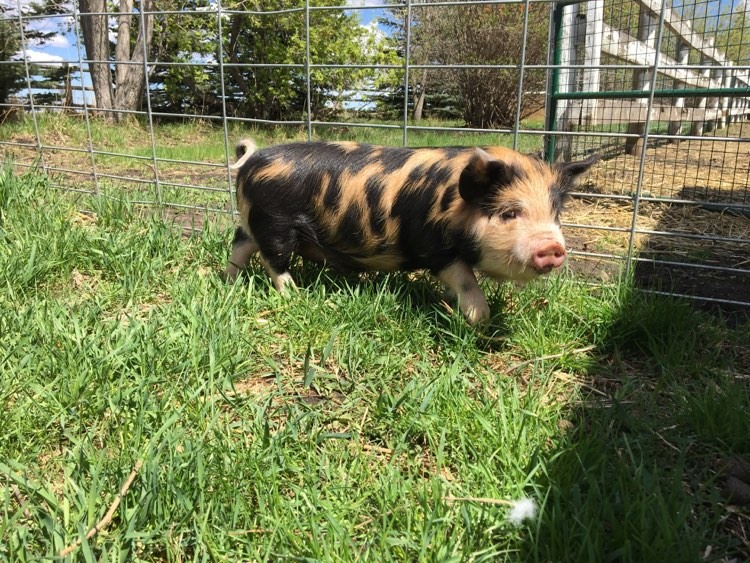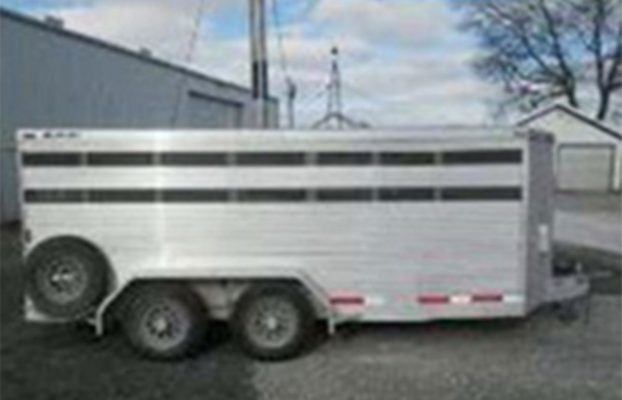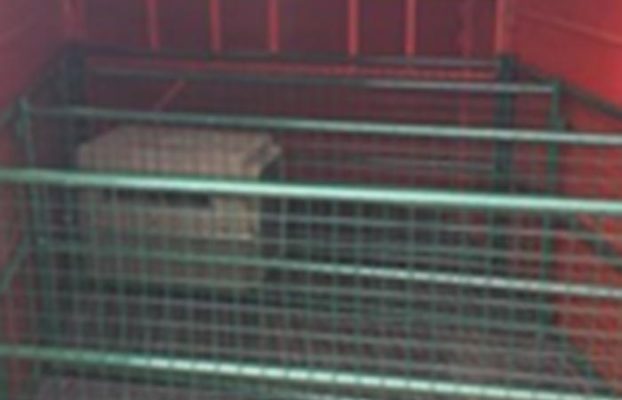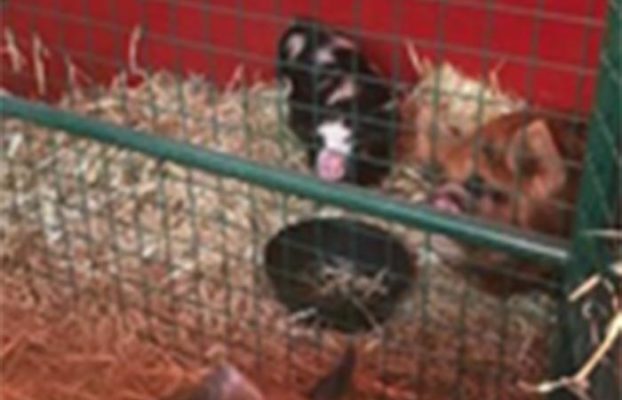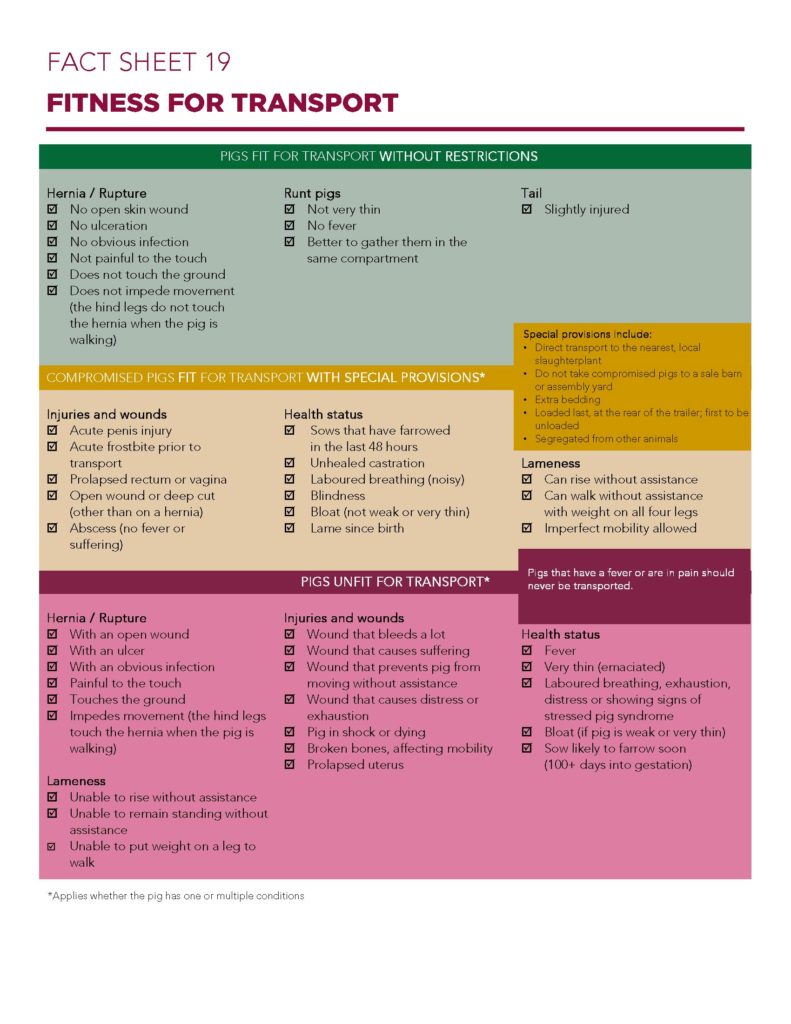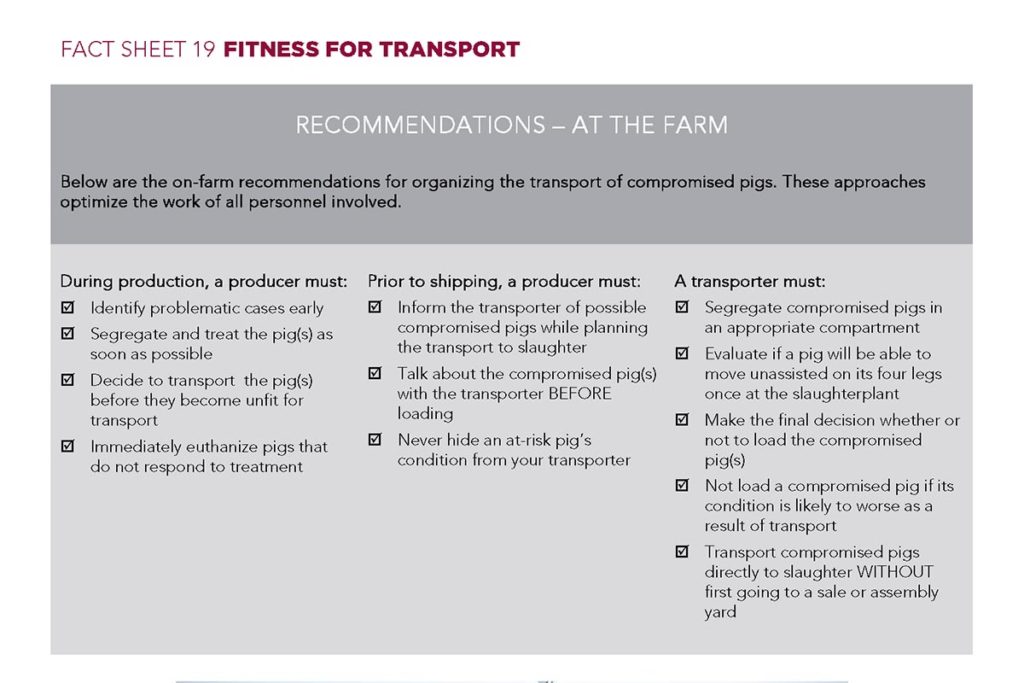How do I transport pigs? This is a question that seems simple and straightforward, but can have big impacts on the welfare of your pigs. There are a couple of key things to remember when transporting pigs to slaughter or to another farm. Only pigs that are “fit” to be transported should ever be loaded onto a vehicle for transport. What I mean by this is any pigs showing signs of injury or lameness should never be loaded until they are treated and fully recovered, and ensuring (treatment) withdrawal times are followed. Time spent on scheduling and planning around transportation is well spent, as it will reduce the time spent on the trailer and stress on your animals. In addition, properly designed loading facilities will reduce handling stress for the pigs and people involved and aides in pig movement.
How Do You Evaluate Fitness for Transport?
The first and most important step is to evaluate the weather and time spent on trailers for each trip. If you are in doubt whether or not a pig should be loaded, it likely should not. Trust you instincts.
In very cold weather:
- Ensure the trailer is relatively draft-free.
- Provide additional bedding (e.g. straw, shavings).
- Provide enough space to prevent animals from touching cold metal.
In warm weather:
- Ensure there is sufficient air movement to keep the animals from overheating.
- Do not crowd pigs on the trailer.
Prior to Transport, Don’t Forget!
- All farms must register their premises (farm). See Requirements for more information. Requirements – Small Scale Pig Farming
- All pigs require an identifying, approved herd mark (tattoo, ear tag, stencil) when leaving the farm to go to an abattoir, fair, or show. Premises registrations and herd marks can be assigned through your provincial pork organization or PigTRACE Canada.
- A properly completed transport manifest must be filled out and in your possession at all times during transport. A manifest book can be attained from local abattoirs or your provincial pork organization.
Tips for Loading Pigs
- Unfamiliarity with an area, flooring, ramp, or vehicle can result in pigs being reluctant to move or be loaded. If pigs have access to the area prior to transport or completing a test run will familiarize the pigs with the area.
- The ramp leading into the trailer should be at a gentle slope (less than 20 degrees works best).
- Sides of the ramp should be smooth, solid, and high enough to prevent pigs from jumping off the ramp. This prevents injury (from sharp edges), prevents escape, and decreases visual distractions.
- The trailer opening/door must be wide enough that pigs will fit comfortably through it.
- Sufficiently bed the trailer floor with shavings, straw, or other bedding material. This provides insulation and comfort during the trip and ensures the floor is not slippery.
